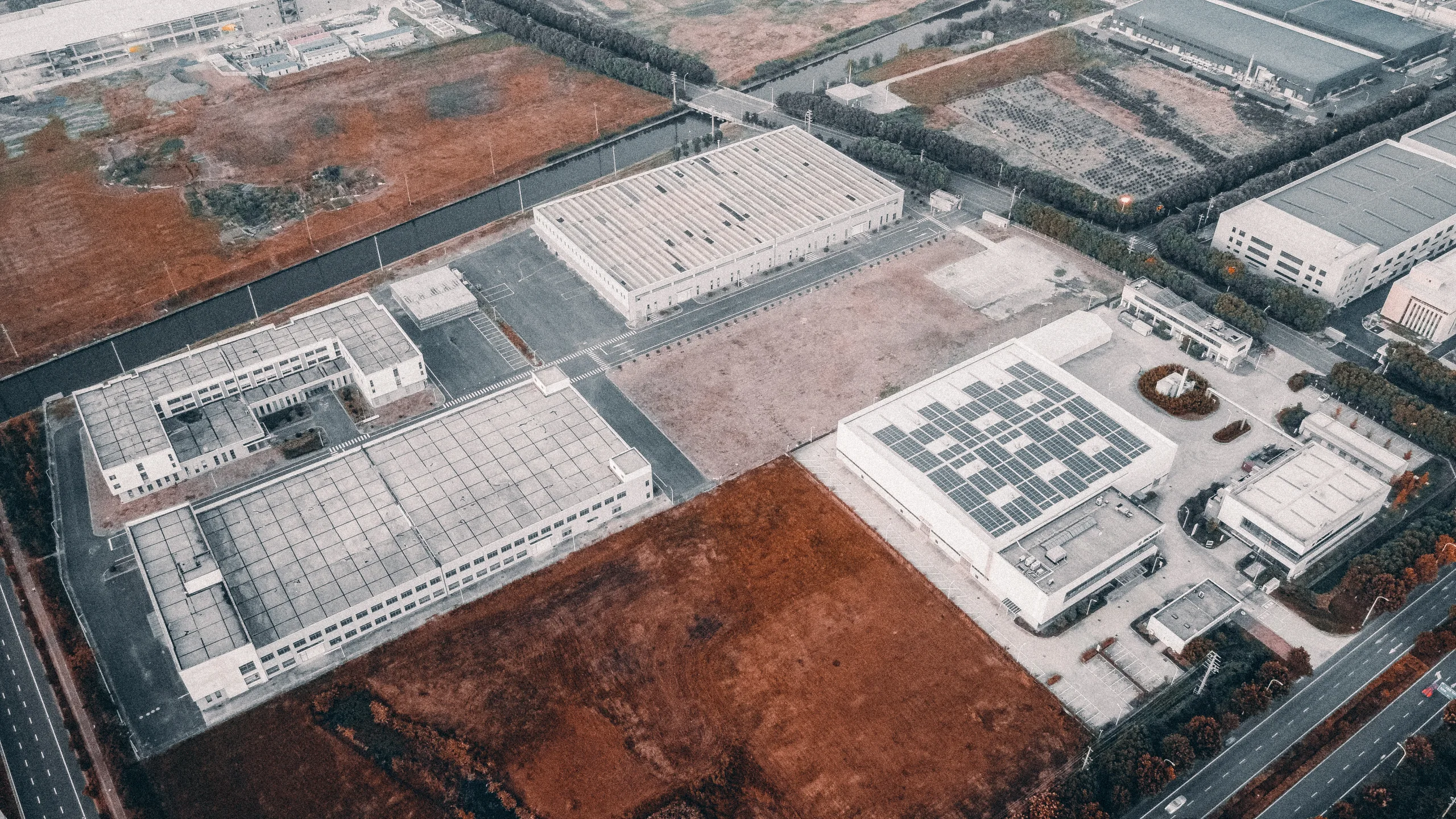- Nine major US markets posted uninterrupted rent growth from 2020 to 2025, led by Virginia Beach and several Midwest cities.
- Midwest metros like Cincinnati and Columbus stood out for strong and stable rent growth driven by low vacancy and limited new supply.
- Cleveland and Milwaukee recorded the lowest rent volatility, underscoring the Midwest’s reputation for market stability.
- Despite national fluctuations, these markets achieved consistent rent growth averaging 4%–6% annually over five years.
Steady Climbers In A Volatile Market
Over the past five years, rent trends nationwide experienced sharp peaks and valleys, reports RealPage. However, only nine of the nation’s 50 largest apartment markets maintained uninterrupted annual growth. These markets saw asking rents increase every single month during that period. According to RealPage Market Analytics, these markets demonstrated a rare consistency in a turbulent housing landscape.
Midwest Markets Dominate The List
Out of the nine markets, five are located in the Midwest — a region traditionally known for its stable housing conditions and limited new supply. Key performers include:
- Cincinnati: 5.7% five-year average rent growth
- Columbus: 5.2%
- Kansas City: 5.1%
- St. Louis and Cleveland also made the list, each averaging above 4.4%
This sustained growth is largely attributed to low vacancy rates and restrained development pipelines, which have kept supply-demand dynamics favorable.
Get Smarter about what matters in CRE
Stay ahead of trends in commercial real estate with CRE Daily – the free newsletter delivering everything you need to start your day in just 5-minutes
Other Markets Holding Steady
- Virginia Beach, representing the South, topped the list with a 5.8% average annual growth, matching the national average, but with significantly lower volatility.
- Baltimore, the only other Southern market, posted a more modest but steady 4.1% average.
- Philadelphia was the sole Northeastern market to achieve consistent rent increases, averaging 4.6% annually.
Stability Over Spikes
While the US overall saw higher peaks, hitting a five-year high of 15.6% rent growth, the fluctuations were much more extreme, with a low of -1.3% and 169 bps in variance. In contrast, Cleveland (92 bps) and Milwaukee (94 bps) proved to be the most stable, reinforcing the Midwest’s reputation for steady real estate performance.
Why It Matters
Investors increasingly target stable Midwest metros as volatility challenges coastal and high-growth markets. These markets may not always lead in absolute rent growth, but their consistency and low volatility offer valuable risk mitigation in uncertain economic environments.
What’s Next
With continued challenges in supply delivery and demographic shifts favoring affordability, expect Midwest and select secondary markets to remain attractive for multifamily investment. As rent growth stabilizes nationwide post-pandemic, the ability of these markets to sustain moderate, reliable gains may give them a long-term competitive edge.

















